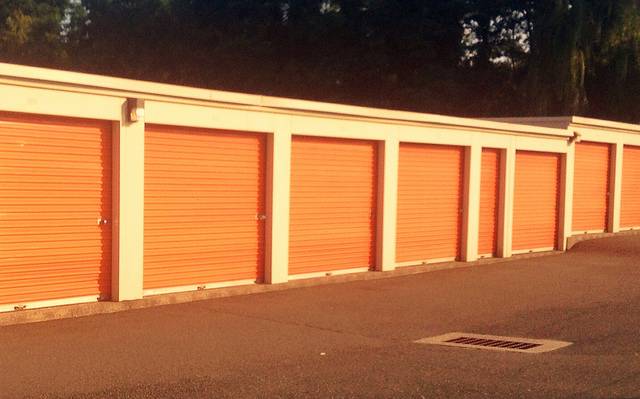
Buying a self-storage facility is a lot harder than you think – particularly if you want to make money. There are some basic traits that separate winning facilities from losers, and that genetic code is hard to break.
There are many people who will tell you all about how to buy a self-storage facility, in order to sell you a book, course or boot camp. But they generally have either limited or no experience. The concepts we’re going to tell you here are based on real-life information – and plenty of it – from operating one of the largest websites devoted to the industry. And it may be a lot different from what you’ve heard before.
50,000 population within 3 miles of the facility.
The myth that you can build a self-storage facility in the middle of nowhere and fill it up needs to be exposed. Self-storage relies on people – people who need to store stuff. In the absence of population, you have no demand. You cannot build or buy a self-storage facility in a small town of 5,000 people and be successful – at least not successful enough to make any money with it. Population density is key.
Traffic count past facility of 25,000+ cars per day.
The majority of self-storage customers find their storage facility from driving by it. It is, in many ways, a point of purchase decision. Few people put a scientific study on where to store their stuff. They look at convenience, and often just pull in to the first one they pass near their home or business. As a result, it is also a myth that you can have a successful self-storage facility that is hidden from view, or stuck on a two-lane street with no traffic.
$50,000 median household income.
To pay for storage — $100 per month or more — the customer has to have discretionary spending ability. If they are struggling to cover their rent or mortgage, they are not going to have the desire or ability to add to their already struggling finances. In addition, in order to have the need for storage, they will have to have excess belongings. Generally, only people with higher incomes can amass enough material items to need to store them.
Claim up to $26,000 per W2 Employee
- Billions of dollars in funding available
- Funds are available to U.S. Businesses NOW
- This is not a loan. These tax credits do not need to be repaid
400 units and up.
There are some major fixed costs in a self-storage facility, the largest of which is the manager. You have to have enough units to support the necessary staff to run the complex. You cannot run a self-storage facility from a kiosk, contrary to what some folks may suggest. And you cannot run it without any form of management. That’s why small complexes in rural markets are always on the market for sale.
High barrier to entry.
You may have noticed that there is a huge supply of self-storage units in almost every major city in the U.S. – and most midsize markets as well. It is extremely important that you select a market that allows virtually no further construction of self-storage facilities. Otherwise, you may find that the occupancy can never rise above a certain level since there is always more supply being brought on the market.
These barriers to entry can include no correctly zoned property, or a high price per square foot for suitably zoned land, that makes building a new facility uneconomic.
Not greater than 6 square feet of storage space per person in the market.
A market of 100,000 population should not have more than 600,000 square feet of space available. If it does, the area is over-built. The best markets have ratios far less than 6. Remember that the density of the market has a lot to do with this. In areas with far denser housing, there is less available land for self-storage facilities, and a greater population to support it. San Francisco, which is extremely dense, is a great self-storage market, where as Stockton, California, always suffers from vacancy.
Rental rates of around $1 per square foot on existing storage.
A healthy self-storage market will have a rental rate of around $1 per square foot. This is the number that maximizes the economics of the facility. When you encounter rates significantly under $1, it not only implies that the supply/demand is out of whack, but that you are not going to be able to generate sufficient returns to make the facility a winner.
Buy in distress, if you can.
We are entering into a period of unequalled dislocation in lending markets, coupled with the current U.S. recession. Many commercial real estate properties – maybe most – will run into trouble in the coming years, as their existing notes are unable to be renewed since the owners paid too much for the property to begin with. There will be a tremendous number of REO properties on the market, as well as desperate sellers.
This is a once-in-a-lifetime time to buy a self-storage facility – you can buy a quality property at a penny on the dollar.
Conclusion
There are strict rules and guidelines for buying a successful self-storage facility. Once you know and understand them, you are already a mile ahead of the competition. That, coupled with the timing of the commercial real estate meltdown, can provide you some of the highest yielding self-storage investments of all time.
Frank Rolfe has been involved in all facets of Commercial Investing. His experience includes purchasing and operating over 25 mobile home,RV Parks and Self Storages as an investor, performing “due diligence” on hundreds of other mobile home and RV parks, speaking at mobile home park investing seminars and real estate clubs and telling it like it is! Visit http://www.selfstorages.com for more insights on investing in Self Storages.



